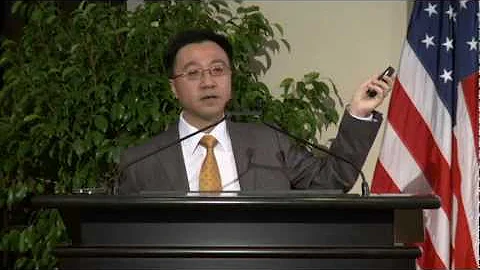
Google Translation Center cannot subvert industry rules
Sarah Hickey (Sarah) Hickey)
Publication date: October 12, 2022
On October 11, Google launched an artificial intelligence cloud service called "Translation Hub". The news caused a sensation in the language services industry and other areas. Nimdzi conducted in-depth research on it.
In the developers' own words, Google Translation Center can "provide self-service document translation services for organizations that need to translate large amounts of documents into many different languages. This platform can be monitored throughout the process and has a very friendly user interface." What is the meaning of
? In fact, the working principle of Google Translation Center is nothing more than this: enterprise customers first register as Google's designated portal users, and then they can request translation through the translation center. The target audience of this platform is mostly localization managers or content creators, but also includes researchers who want to reach a global audience, as well as product and service owners.

Translation Center Workflow
Specifically, the platform divides participants in the translation project into the following roles according to their responsibilities: administrators, corporate users and translators. Different characters can perform specific actions in their respective interfaces (UIs).
Administrator creates a portal and assigns enterprise users who can access each portal. They have the option to allocate translation resources to the portal, such as glossary, translation memory, and custom translation models.
For post-editing process (only for advanced users), administrators can also create translator groups and add translators. The advanced user can then send a post edit request to one of the translator groups.
General users can log in to the portal and translate documents. If any translation resources are allocated to the portal, enterprise users can use them when requesting translations. After the enterprise user submits the request, the translation center will execute the machine and return the result.
General users can also compare the original content with the translated content, and then download or export the results.
Advanced users can send the translated results to a specific translator group and perform post-editing. All translators in this group will be notified, but only the first to view the request can review and edit the content. The translator can only edit the translated content. After the post-editing of is completed, advanced users can download or export the final results. The content contained in the
product depends on the selected price level, as shown below (screenshot from the website):

Translation Center Service Pack (Basic and Advanced Edition)
Basic and Advanced Editions are different (counting pages by page break or slide).

Translation Center charging standard
On the homepage of the translation center, the developer directly compared it with the traditional translation management system (TMS) and claimed: "The traditional translation management system has heavy processes and needs to rely on manual translation. In contrast, the translation center allows you to use machine-assisted manual labor. You can start with machine translation and then introduce your own manual review and proofreading machine translation for editing. Google Translation Center has both machine translation and manual editing, which can provide you with timely and cost-effective translation. "
We believe that it is too early to compare this platform with the traditional translation management system, because first it requires a lot of testing. However, from the preliminary evaluation results, we prefer to regard it as a self-service translation platform supported by machine translation.
How will it affect the language industry?
Although the concept of "a self-service translation platform supported by machine translation" sounds quite novel, this is not the case within the translation industry. In fact, many language service providers (LSPs) provide similar self-service (some LSPs also provide software packages that project managers can use according to customer needs). For example, the "Language Service Provider Picture Gallery" released by Nimdzi this year includes at least 31 different translation platform service providers, which can provide products and services similar to Google:

Nimdzi "Language Service Provider Picture Gallery" (market and platform)
(Image source: https://www.nimdzi.com/language-technology-atlas/)
Nevertheless, since Google is one of the giants in the technology industry, it will definitely have a wider audience than the average language service provider. Therefore, for many practitioners in the translation industry, after they see Google’s new product released, the first question they think of is: How will this new product affect the translation service, and will it become a real competitor? Or does it have no big impact on current industry rules?
Our prediction must be the latter. For many years, Nimdzi has believed that the services provided by language service providers are not translation itself, but project management. Translation itself is not a customer's problem, and management processes are the problems of most customers. If the client is not a professional editor and their job is not a translator, then what benefits will it be if they can see the original text and the translated text at the same time? Therefore, this function may be very good, but it may not be very effective.
Google Translation Center will not replace language service providers that process single projects in multiple languages and multiple platforms at the same time. Language service providers' main business has always been more complex content. In contrast, what Google Translation Center can provide seems to be simplification or automation of some of the content in the localization process.
This is a good solution and we are also looking forward to adding it to our "Language Service Provider Gallery" next year. However, it cannot overturn the existing rules of this industry.
Original link:
https://www.nimdzi.com/google-translation-hub-game-changer-or-just-another-tool-in-the-toolbox/
Special note: This article is for learning and communication only. If there is any inappropriateness, please contact the editor in the background.
- END -
Compilation: Weide
Follow the VX official account "Translation Technology Education and Research" and "Language Service Industry" to learn more about the information and insights related to the language service industry and translation technology~











